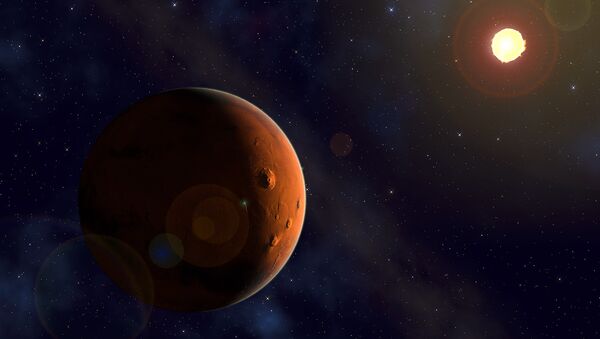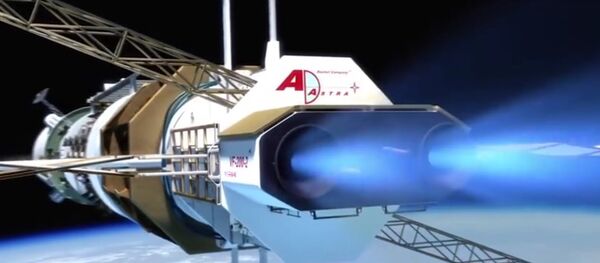The crew consists of a French astrobiologist, a German physicist and four Americans, among them a pilot, an architect, a doctor/journalist and a soil scientist.
During the 12-month experiment, the six will live inside a dome that is 11 meters in diameter (approximately 95 square meters) and is based on a barren slope of Mauna Loa in Hawaii's northern area.
Mars mission: NASA begins year-long isolation experiment. http://t.co/BNczzAFcEv pic.twitter.com/yvMrPEDjxi
— SBS News (@SBSNews) 29 августа 2015
The crew of men and women, who shut the door on the rest of planet Earth at 15:00 local time on Friday, will reside in the dome's close quarters without fresh air, fresh food or privacy.
Each of them will have their own small rooms, with space for a sleeping cot and a desk.
They will reportedly spend their days eating food like powdered cheese and canned tuna, and they will only be permitted to go outside if dressed in a spacesuit.
Also, they will be allowed to maintain communication with the outside world through limited access to the Internet.
NASA has allocated about 1.2 million dollars to the experiment, which principal investigator Kim Binsted said "is very cheap for space research."
NASA is expected to send a robotic mission to the Red Planet in the next eight months, while a human mission may take between one and three years, according to the space agency.




